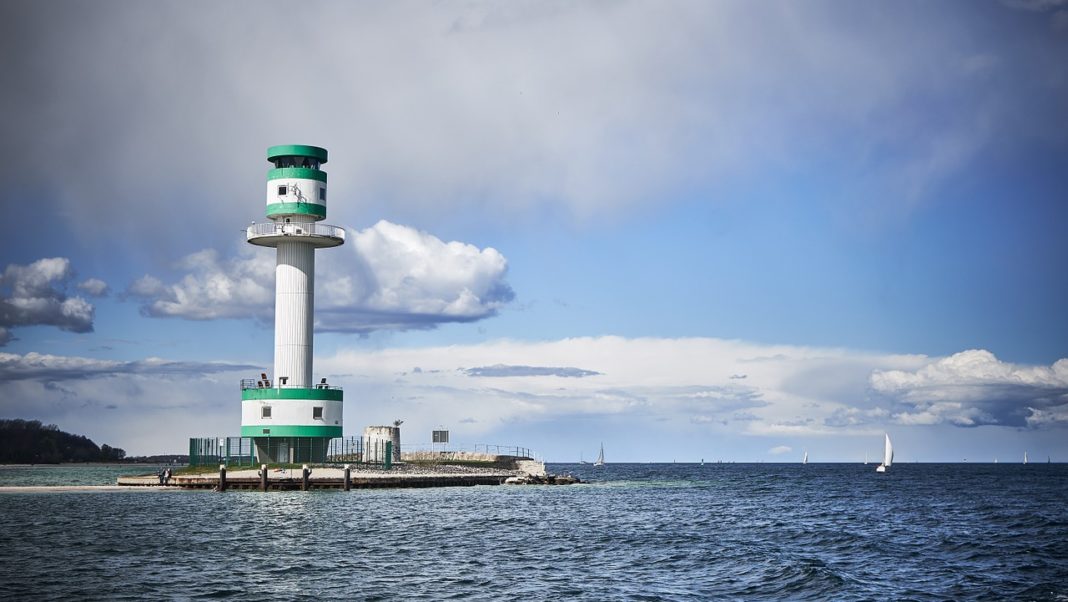As much as 90% of the world’s trade is carried by ships, as per the OECD. There are many well-established ocean routes or shipping lanes that cargo ships use to transport goods safely, quickly, and efficiently. The proper selection of an ocean route can reduce the time and cost vital for ensuring business competitiveness. While ship routing is undoubtedly the most well-known aspect of ocean freight routing, other important types of routing include container routing and weather routing. Ship routing improves navigation safety in high traffic areas and overcomes shipping movement restrictions. Container routing determines the optimum way for transporting containers from their origin to the destination, and weather routing uses weather and other data to develop the most optimum route.
The function of an Ocean Freight Route Planner
You can optimize ocean freight routing, weather routing, as well as vessel routing and passage planning with the help of an ocean route planner. The essential function of a route planner is to get cargo from one place to another in the fastest and most economical way. Some of the factors involved in route planning include vessel performance, weather forecasts, sea currents, and comfort. Finding out the optimum route is much easier with an ocean route planner compared to the manual process. Some of the top benefits of using an ocean freight route checker and planner include:
Cost Reduction
The advanced route ocean freight route planning applications incorporate algorithms that help determine the fastest and most economical routes. Among other things, they factor in fleet availability and schedule constraints to arrive at the optimum route. Some of the most visible effects of using route planners include a reduction in fuel consumption and maintenance, a lower incidence of accidents, and penalties for violations leading to an overall reduction in the cost of ownership and freight rates. With a route planner, the carriers and freight forwarders can increase their responsiveness to changes in the schedule at the last minute.
Quicker Route Planning
Ocean freight route planning is a complex affair that can take a lot of time when done manually. The use of advanced route planners makes the job easy and fast despite the rapidly increasing complexities of modern shipping and logistics. With a route planner, you can quickly determine the best options for each destination. When certain jobs take longer than anticipated or you need to accommodate urgent shipments, you may have to decide on new routes. By using the route planners, the task becomes faster, helping to enhance the customer experience.
Reduced Transportation Delays
As has been witnessed recently, the resurgence in customer demand has resulted in traffic bottlenecks at all major ports. This kind of congestion adds significantly to the fleet operation costs that ultimately customers have to bear. An efficient route planning system helps to improve route planning, use less busy routes, and hastens the transit time leading to significant cost savings.
Conclusion
Ocean freight is the most feasible and cost-effective method of transporting cargo worldwide. However, with the rising freight volumes and congestion, using a route planning system can boost productivity and efficiency leads to reduced costs and increased customer satisfaction.









